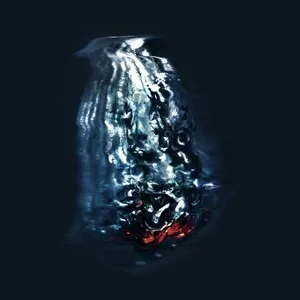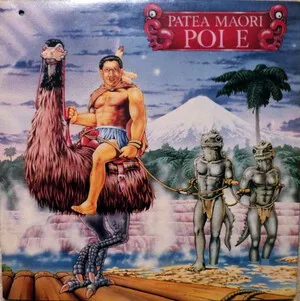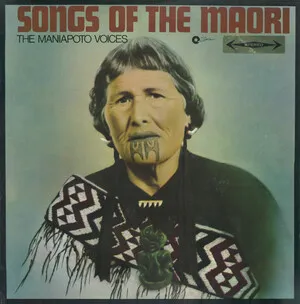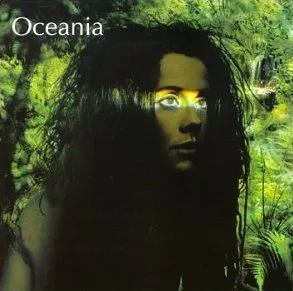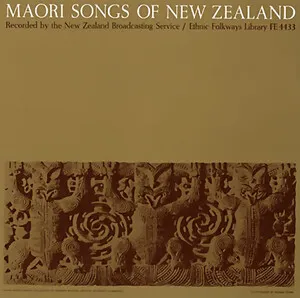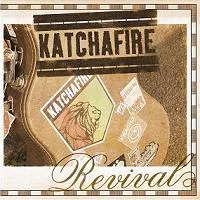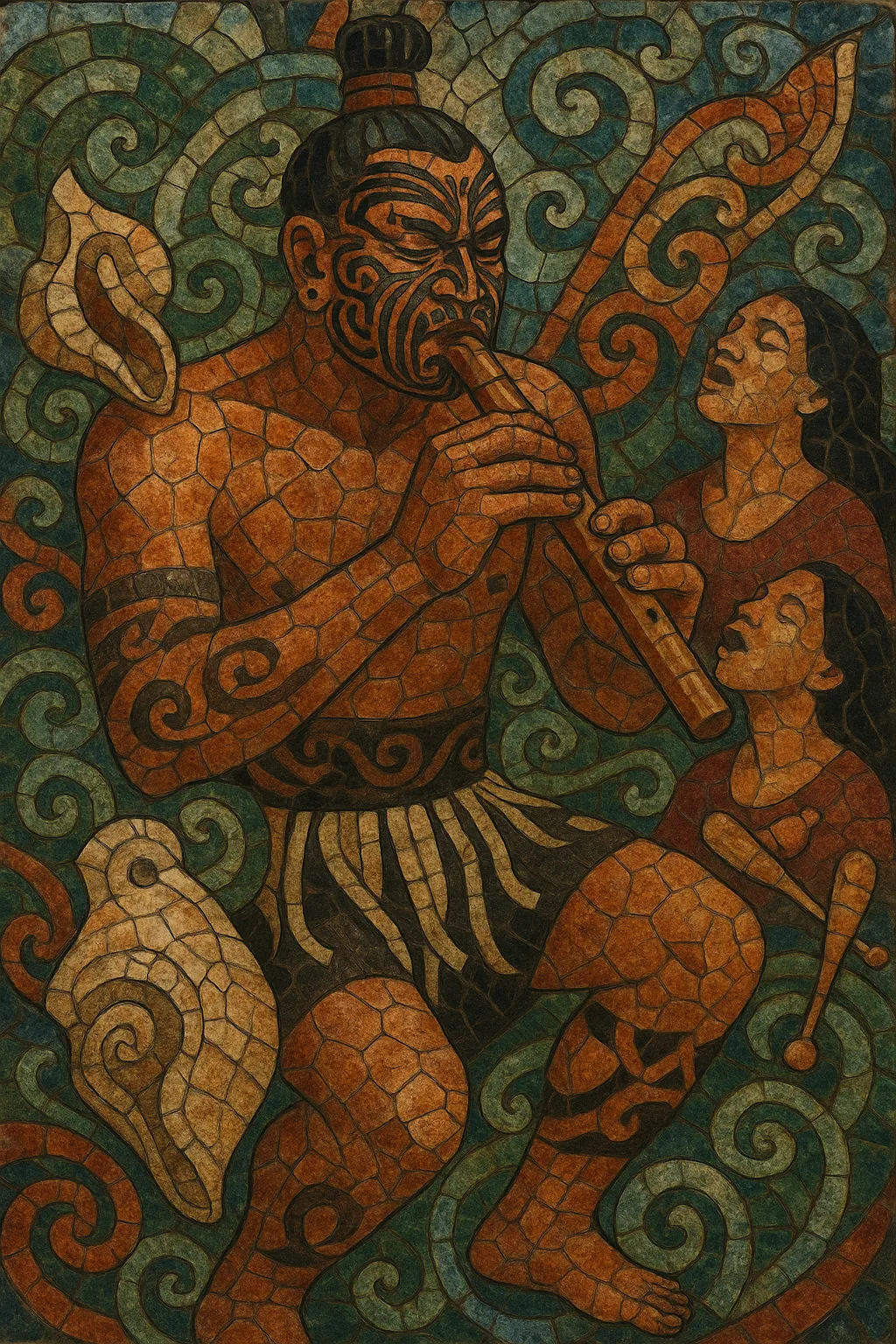
Māori music is the musical tradition of the Indigenous Māori of Aotearoa New Zealand, spanning ancient chant (mōteatea), percussive dance forms like haka and poi, and a rich corpus of waiata (songs) performed in te reo Māori.
At its core are vocal expressions that range from free-rhythm, speech-like chant to later, post-contact part-singing influenced by Christian hymnody. Traditional sound worlds are shaped by taonga pūoro (Māori instruments) such as the kōauau (flute), pūtōrino (bugle-flute), pūtātara (conch trumpet), and various percussive and aerophonic instruments that imitate wind, birds, and the environment.
In the modern era, Māori music includes both strictly traditional practice and contemporary fusion with reggae, pop, hip hop, and choral styles, while retaining tikanga (customs), communal participation, and strong links to genealogy, land, and language.
Māori music descends from wider Polynesian and Austronesian musical cultures brought by voyagers who settled Aotearoa around the 1200s. Early practice centered on mōteatea (chant), karakia (incantation), and waiata tied to work, genealogy (whakapapa), and ceremony. Taonga pūoro provided an intimate, nature-linked soundscape using instruments such as kōauau, pūtōrino, pūtātara, and hue (gourds), with performance often in free rhythm and monophonic or heterophonic textures.
Following European contact and Christian missionization in the 19th century, Māori adopted and indigenized hymn-singing. Harmonized part-songs in te reo Māori emerged, merging traditional poetic forms and communal delivery with Western tonal harmony, while haka and poi continued as vibrant performance traditions.
The 20th century saw Māori concert parties, radio broadcasts, and popular entertainers bring waiata to national audiences. Groups such as the Howard Morrison Quartet popularized Māori repertoire in mainstream formats, while kapa haka competitions codified performance standards for haka, poi, waiata-ā-ringa (action songs), and choral items.
From the 1980s, figures such as Hirini Melbourne and Richard Nunns led the revival of taonga pūoro, reconnecting performance with ancestral techniques and environmental listening. Simultaneously, artists fused Māori music with reggae, pop, soul, and hip hop, and renewed commitment to te reo Māori in songwriting. Today, Māori music thrives in traditional contexts, education, and global stages, shaping Aotearoa’s cultural identity and influencing Pacific popular music.

